Signs, symptoms, and diagnosis
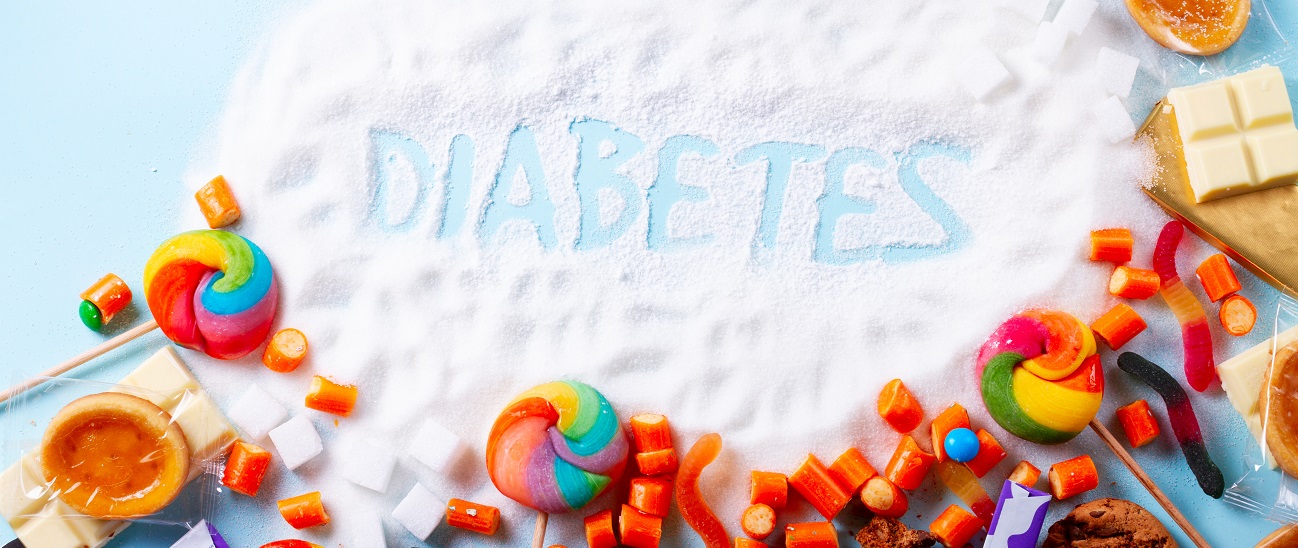
The signs and symptoms of diabetes depend on how high the blood sugar is. These are the most common symptoms of diabetes:
- Being very thirsty
- Being hungry
- Dry mouth
- Itchy, dry skin
- Having to urinate a lot, often at night
- Feeling constantly tired
- Feeling grumpy or irritable
- Blurry vision
- Cuts or sores that take a long time to heal
- Unexplained weight loss
- Frequent infections, such as yeast infections orurinary tract infections
- Tingling, pain, or numbness in the hands and feet
Type 1 diabetes tends to come on quickly, and other symptoms can include stomach pain,
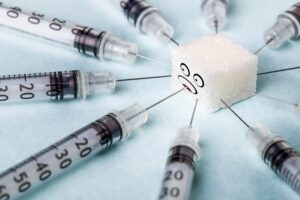
nausea, vomiting, and fruity or sweet-smelling breath. These symptoms can indicate diabetic ketoacidosis (DKA), which is a serious and possibly fatal condition. The presence of DKA is sometimes the first indication of type 1 diabetes in a person who has not yet been diagnosed. Type 1 diabetes is diagnosed with a blood test for blood glucose and/or hemoglobin A1C (HbA1c); other tests may be done, too, including checking for autoantibodies in the blood and ketones (produced when the body burns fat for energy) in the urine.
Type 2 diabetes can take a long time to develop, which explains why some people with type 2 don’t 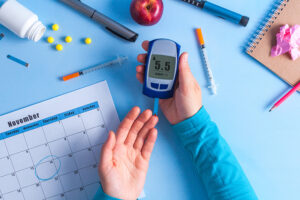 have any symptoms. This type of diabetes is often diagnosed at a routine doctor’s visit after a blood test that checks for glucose and/or hemoglobin A1C.
have any symptoms. This type of diabetes is often diagnosed at a routine doctor’s visit after a blood test that checks for glucose and/or hemoglobin A1C.
Gestational diabetes usually doesn’t cause symptoms. Pregnant women should be tested for gestational diabetes between 24 and 28 weeks of pregnancy. A glucose challenge test or an oral glucose tolerance test (OGTT) is used to diagnose gestational diabetes.


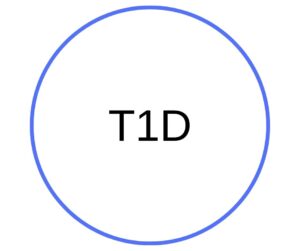

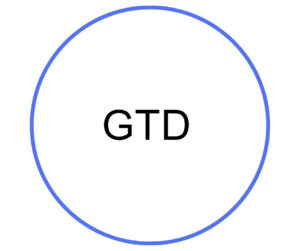


 have any symptoms. This type of diabetes is often diagnosed at a routine doctor’s visit after a blood test that checks for glucose and/or hemoglobin A1C.
have any symptoms. This type of diabetes is often diagnosed at a routine doctor’s visit after a blood test that checks for glucose and/or hemoglobin A1C.